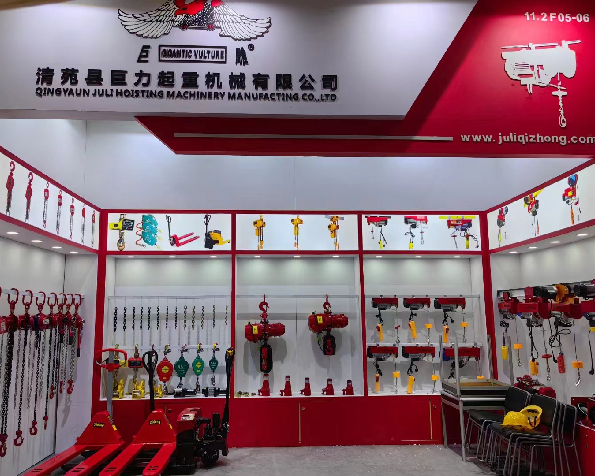


Understanding Lever Hoist Blocks An Essential Tool for Lifting Operations
In various industrial settings, the need for lifting heavy loads safely and efficiently is paramount. Among the myriad of tools available for this purpose, lever hoist blocks stand out as a reliable and versatile apparatus. This article delves into the functionalities, advantages, and applications of lever hoist blocks, highlighting their importance in modern lifting operations.
A lever hoist block, also known as a lever hoist or hand chain hoist, is a mechanical device designed to lift and lower heavy objects by utilizing a lever and a ratchet mechanism. Typically constructed from high-quality materials such as steel or aluminum, these hoists are engineered to endure significant stress and provide years of dependable service. The core principle behind a lever hoist block is simple pulling down on the lever allows the operator to lift a load with minimal effort, thanks to the mechanical advantage it offers.
One of the standout features of lever hoist blocks is their portability
. Unlike stationary hoisting systems, lever hoists are generally lightweight and compact, making them easy to transport and set up in various locations. This feature is particularly valuable in industries like construction, warehousing, and maintenance, where lifting needs can arise unexpectedly and in diverse environments.
Safety is a critical concern when it comes to lifting operations, and lever hoist blocks are designed with various safety features to mitigate risks. Most models come equipped with an overload protection system that prevents the hoist from lifting loads beyond its rated capacity. Additionally, the robust construction and reliable mechanisms ensure minimal chances of failure during operation, providing peace of mind for workers.
Another significant advantage of lever hoist blocks is their versatility. They can be used in a wide range of applications, from industrial manufacturing to automotive repairs. Lever hoists are particularly effective in situations where space is constrained or where electrical hoists might not be practical. With the ability to lift loads vertically and horizontally, they are ideal for applications such as unloading trucks, positioning machinery, or even handling suspended loads during rigging operations.
Moreover, the ease of operation of lever hoist blocks makes them an ideal choice for both experienced operators and those new to lifting equipment. The intuitive design allows users to quickly learn how to operate the hoist efficiently and safely.
In conclusion, lever hoist blocks play an essential role in lifting operations across various industries. Their combination of portability, safety features, and versatility make them invaluable tools for anyone involved in heavy lifting. As industrial demands continue to evolve, the importance of reliable lifting equipment like lever hoist blocks cannot be overstated. Understanding their functionalities and applications ensures that operators can maximize efficiency and safety in their lifting tasks, making lever hoist blocks a staple in the realm of material handling and logistics.



